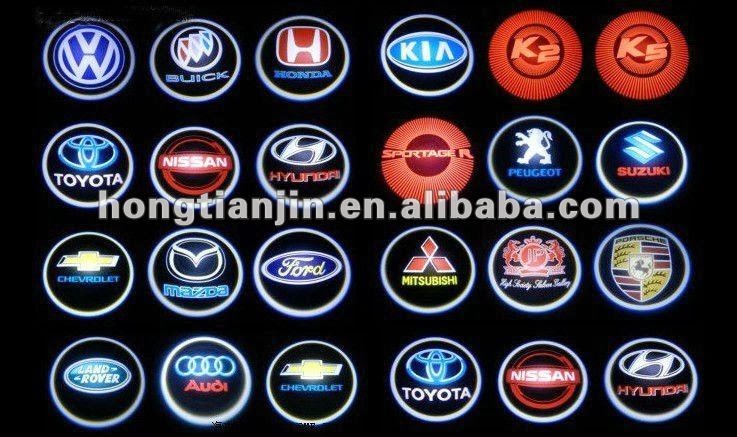
Jules Verne, the famous science fiction writer of more than 100 years ago, once said, "...I believe that water will one day be employed as a fuel." He was right, and there are prototype future cars to prove it. In fact, there are ordinary cars too using water as a main constituent of the fuel being burned in the car.
In the past 10 years, over 100 prototype future cars have been launched to the public by many of the major car companies worldwide. Hardly anyone knows about them, however, and hardly anyone cares, it seems.
These cars are not being made by unknown car companies, but by names such as, Honda, DaimlerChrysler, BMW, Toyota, Ford, Nissan, and GM. All of these household car names currently have prototype future cars on show.
These cars usually have a unique power source, or a more efficient version of an existing one. Hydrogen powered cars feature a lot in prototype future cars, as do electric cars. In fact, the Kaz Limousine Eliica from Japan is very unusual among prototype future cars. It is powered by lithium-ion batteries and can zip up to a highly impressive 240 miles per hour!
Jules Verne's belief that water would be employed as a fuel is being proven correct with the popular adaption of standard internal combustion engines to run on a mixture of gasoline and HHO. The HHO, a stable gas of two parts hydrogen and one part oxygen, is produced by electrolysis using the car battery and some water.
This is not the same as prototype future cars is the strictest sense, but using water as a fuel source has long been a dream, and now the dream has come true. It is reasonable to assume that someone will take up the idea and produce prototype future cars that don't use kits, but that have all they need to burn water built into their production.
In today's atmosphere of keeping the environment pollution-free, the idea of powering a car on air is an attractive one. It may therefore interest you to learn that there are prototype future cars that can do just that! The MDI City-CAT (compressed air technology) uses air as its motive force and rightly claims to be the cleanest car around.
A cryogenic heat engine is used by the CooLN2Car. This latest offering of the prototype future cars runs on liquid nitrogen. It has been developed through research by scientists at the University of North Texas. The car is highly efficient and is causing a lot of interest.
Many of today's prototype future cars are powered by electricity. The technology has come a long way since even a few decades ago. Now electric cars have power equivalent to big engines with the capabilities of long distance travel between re-charging.





















